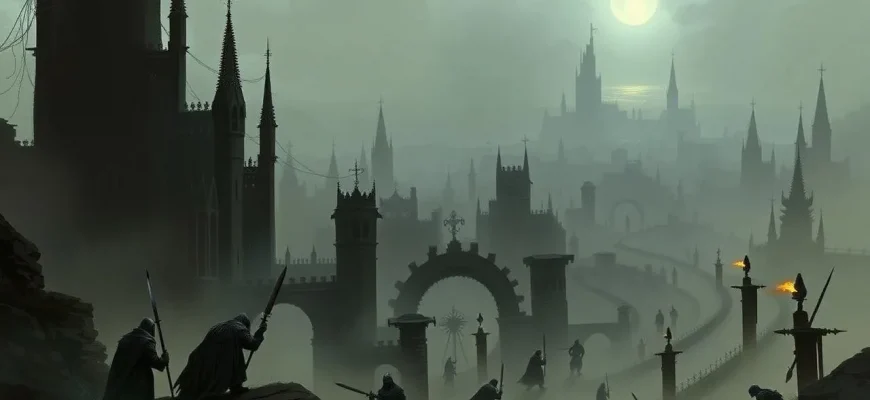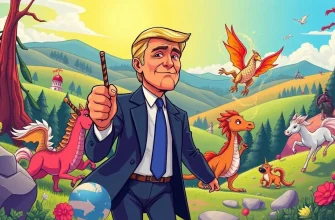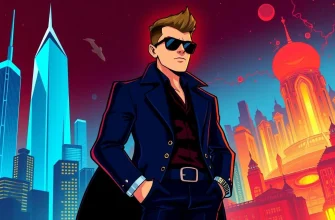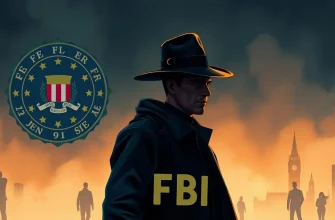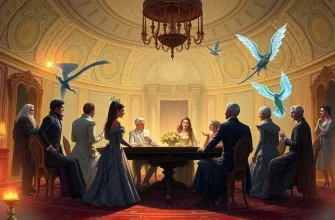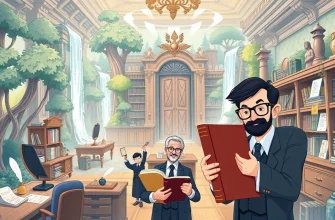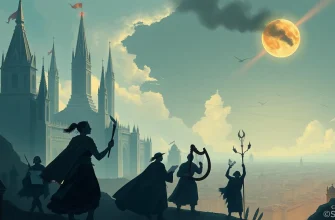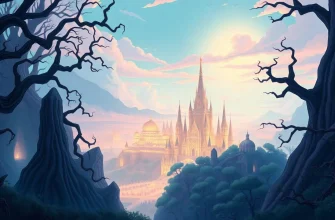Fantasy films often provide an escape from reality, but some of the most compelling stories within this genre delve into the darker aspects of human nature, including themes of repression and tyranny. This curated list of 10 fantasy films not only entertains but also invites viewers to reflect on the consequences of oppressive regimes, the fight for freedom, and the resilience of the human spirit. Each film brings its unique perspective, making this collection a must-watch for those who appreciate a blend of magic and meaningful commentary.
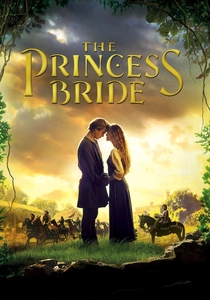
The Princess Bride (1987)
Description: While primarily a fairy tale, the film subtly addresses themes of repression through the character of Prince Humperdinck, who seeks to marry Buttercup against her will, symbolizing the oppressive nature of arranged marriages.
Fact: The film was adapted from a novel by William Goldman, who also wrote the screenplay, ensuring the story's themes were preserved.
 Watch Now
Watch Now
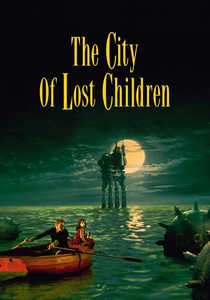
The City of Lost Children (1995)
Description: A surreal fantasy where a mad scientist steals children's dreams, reflecting themes of control and the loss of innocence under oppressive rule.
Fact: The film was a collaboration between French and German filmmakers, showcasing a unique blend of European cinema styles.
 Watch Now
Watch Now
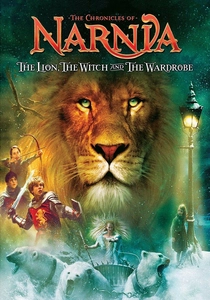
The Chronicles of Narnia: The Lion, the Witch and the Wardrobe (2005)
Description: The White Witch's eternal winter and her oppressive rule over Narnia serve as a metaphor for tyranny and the fight for freedom, making it a poignant addition to this list.
Fact: The film was shot in New Zealand, the same location used for the Lord of the Rings trilogy.
 Watch Now
Watch Now
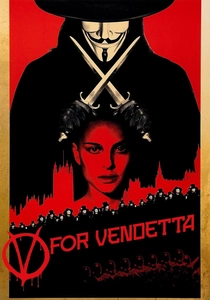
V for Vendetta (2005)
Description: This film presents a future where a totalitarian regime suppresses freedom, with V's fight symbolizing the struggle against oppression.
Fact: The film was adapted from a graphic novel by Alan Moore, who famously disowned the movie adaptation.
 Watch Now
Watch Now

Pan's Labyrinth (2006)
Description: Set in post-Civil War Spain, this film intertwines a dark fairy tale with the real-world horrors of fascism, showcasing repression through the eyes of a young girl.
Fact: The film was shot in both English and Spanish, with the English version dubbed by the original actors.
 Watch Now
Watch Now
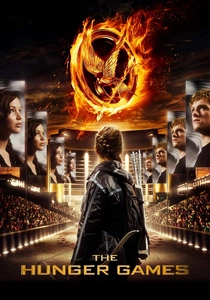
The Hunger Games (2012)
Description: In a dystopian future, the Capitol's control over the districts through the Hunger Games represents extreme forms of repression and control.
Fact: The film was shot in North Carolina, with the arena scenes built on a large soundstage.
 Watch Now
Watch Now

The Witch (2015)
Description: Set in 1630s New England, this film explores themes of religious repression and the fear of the unknown, blending historical drama with elements of folk horror.
Fact: The film was shot in a remote location in Canada, using natural light to enhance its eerie atmosphere.
 Watch Now
Watch Now

The Dark Crystal (1982)
Description: This film explores a world where the Skeksis, a race of vulture-like beings, rule over the gentle Gelflings with an iron fist, embodying themes of tyranny and the struggle for liberation.
Fact: Jim Henson, the creator of The Muppets, directed this film, which was one of the first to use extensive animatronics and puppetry.
 30 Days Free
30 Days Free
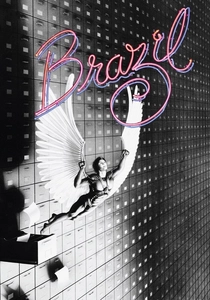
Brazil (1985)
Description: Terry Gilliam's dystopian satire where bureaucracy and surveillance create a nightmarish world of repression and conformity.
Fact: The film's title was inspired by the song "Aquarela do Brasil," which plays during the opening credits.
 30 Days Free
30 Days Free

The Handmaid's Tale (1990)
Description: Although not strictly fantasy, the film's setting in a dystopian future where women are subjugated for reproduction purposes fits the theme of repression.
Fact: The film was adapted from Margaret Atwood's novel, which has since inspired a successful TV series.
 30 Days Free
30 Days Free

